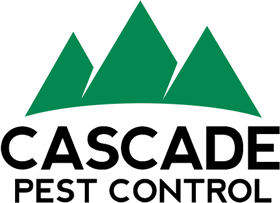Author: Kurt Treftz, Cascade Pest Control
Winter: a time when small, furry creatures seek shelter and food in our homes. Although there is never truly an “off season” for rodent invaders, winter can be a prime time for marauders. The same things that make our homes appealing to us can also attract rodents.
What is a rodent?
The classification of “Rodent” (order: Rodentia) is characterized by mammals with a single pair of incisors in the upper and lower jaws that grow continuously. This means that these animals must be constantly gnawing and chewing to prevent the teeth from growing up and piercing their skulls.
Most rodents are small with thick bodies, short limbs, and long tails. They live in almost every terrestrial habitat and tend to be social animals who live in complex societies. Rodents can be arboreal (tree living), fossorial (burrowing), saltatorial (leaping on hind legs), and even semiaquatic.
Well-known rodents in North America include mice, rats, gophers, groundhogs, squirrels, muskrat, chipmunks, prairie dogs, porcupines, and beavers
Guinea pigs, hamsters, gerbils, chinchillas, and degus are rodents that are often kept as pets as they are able to live in small spaces, docile (if kept from a young age), and not likely to bite.
However, some of the same qualities that make these creatures good pets can also make them pests. They live in small spaces, aren’t always deterred by humans, and since they need to chew continuously, they are looking for materials – often in our homes. If not eradicated, these animals can spread disease, spoil food, destroy structures, and spark electrical fires.
What types of rodents live in Washington?
- Mice: As might be expected, this ubiquitous, little furry critter is found in almost every environment you can imagine. In western WA, you will see mostly house mice and deer mice.
- Rats: Next to mice, rats are probably one of the most well-known of the rodent order. In the western Washington area, you will mostly see roof rats, Norway rats, and bushy-tailed wood rats (also known as pack rats).
- Voles: These burrowing rodents are a relative of the hamster.
- Kangaroo rats: These nocturnal creatures are found in the eastern (desert) side of WA state. If you see one, you might be surprised by its amazing leaping ability which gives it its name.
- Squirrels: Their distinctive, fluffy tail can likely be seen everywhere from rural forests (filled with tree nuts) to college campuses to suburban backyards.
- Chipmunks: This distinctive rodent is small with bold stripes that announce its mischievous nature.
- Pocket gopher: Gophers come in a wide variety of colors as they tend to match the soil where they live (the better to hide from predators). They fill their “pockets” (cheek pouches) with food to store in their burrows.
- Muskrat: These mammals are just one of a few semi-aquatic rodents in Washington state. They build their dens in riverbanks, streams, ponds, lakes, and marshes. They have both underwater tunnels and above-water chambers. Interestingly, they sometimes cohabitate with beavers in their lodges.
- Beaver: Another of our state’s semi-aquatic creatures, the American beaver is the largest of Washington’s rodents. They actively work to alter their habitat by building dams for shelter, food storage, and raising their young.
- Lemmings: Did you know that Washington is home to a lemming population? These rodents have an erratic population that can range to near extinction in just one to two years – but it isn’t because they are committing mass suicide by jumping off cliffs. Scientists believe it is more likely tied to predator populations.
- Porcupine: This rodent is well-known for its defense mechanism. Their sharp quills bristle on their back during an attack, detering would-be predators. (Despite the cartoon depictions, porcupines cannot shoot their quills at their attackers.)
- Groundhog: Also known as a woodchuck, this furry creature is most at home in forests, fields, pastures, and hedgerows. This means they come into contact with humans mostly in agriculture operations where they have an increased food source. They live in dens and are “true” hibernators who store large amounts of fat in the fall and then their body goes dormant for the winter season.
- Yellow-bellied marmot: This more solitary rodent builds burrows in meadows and grassy slopes. They spend up to 80% of their life in burrows. They have stable populations in state and national parks where they are protected from human disturbance.
What types of rodents invade homes in WA?
So, you might be wondering, do I need to be on guard against marmots, voles, and beavers? Which rodents are most likely to invade my home?
Although there might be a few instances of squirrels in the attic or chipmunks in the garage, by and large most rodents are plenty pleased with their own dwellings.
The most likely rodent home invaders in Washington are mice and rats.
House mice
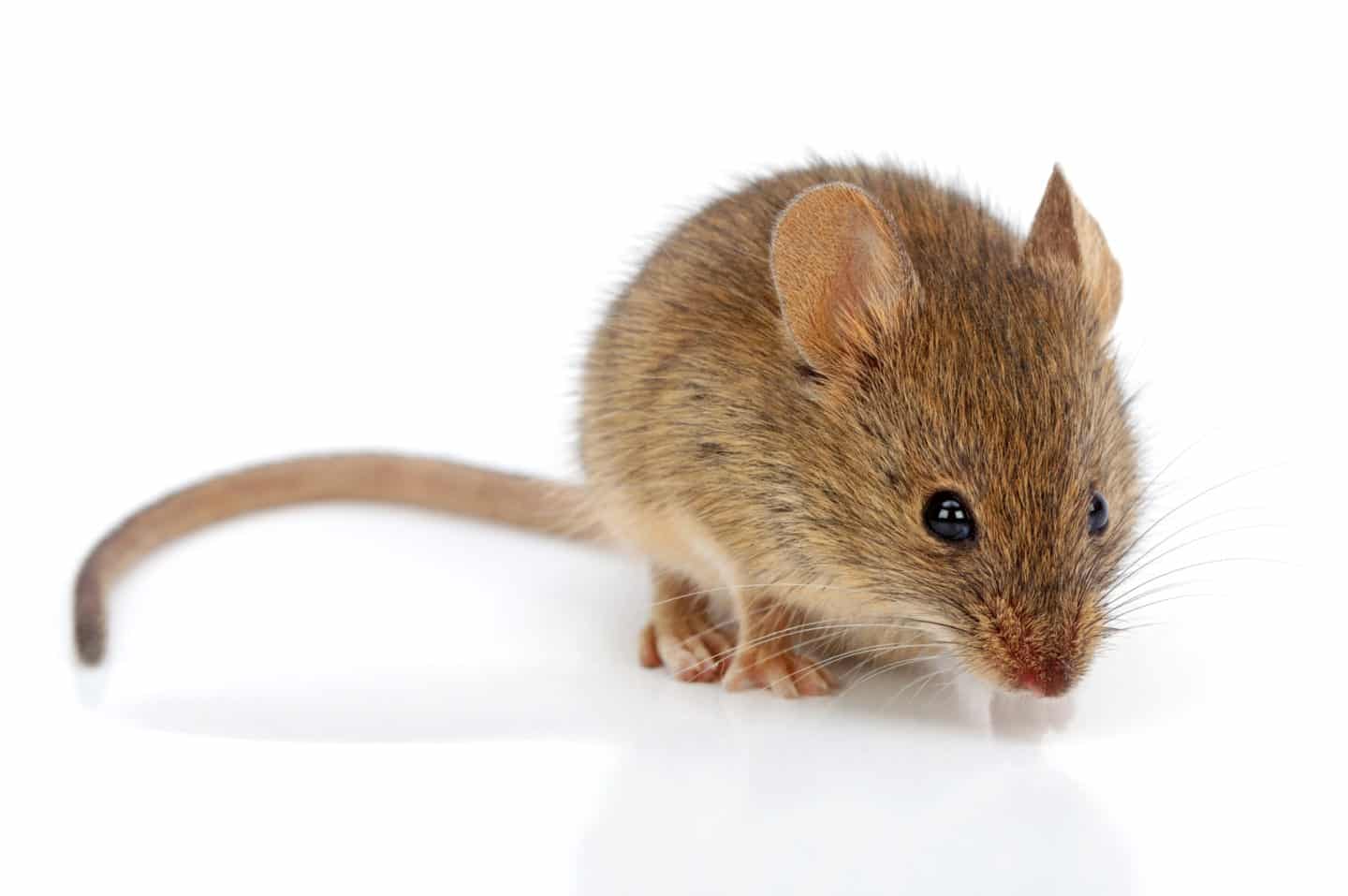
If you have encountered a rodent in your house, it was likely a house mouse. (It is literally in its name!) This creature likes to nest in dark, solitary areas inside of human-made structures. They can fit into holes as small as a dime and jump up to a foot in height making it possible for them to access many areas in a home that you might not be aware of.
House mice are small and light-to-gray colored with long tails. They are usually 7-9 cm, plus a tail of the same length. Their ears and eyes are big for their heads. These mice are actually color-blind with poor vision which they make up for with their other senses.
One of the most serious threats posed by these rodents in their chewing. They can hide in walls and storage areas gnawing on drywall and insulation. They have even been known to spark electrical fires by chomping on wires. Additionally, they can spread disease (particularly Salmonella) and contaminate food. House mice build nests using material found in your home. Nests can be found between walls, under appliances, and even in/around/under furniture. They usually build nests within 30 feet of a food source, increasing the chances of contamination of human food.
Prevention: These rodents like secluded, sheltered areas where they can hide, like cluttered closets and storage areas. Keep these well-organized and sealed. Store boxes off the floor or in rodent-proof containers. Seal up cracks and holes in exterior walls and pay attention to droppings or other evidence of an uninvited guest.
Deer mice
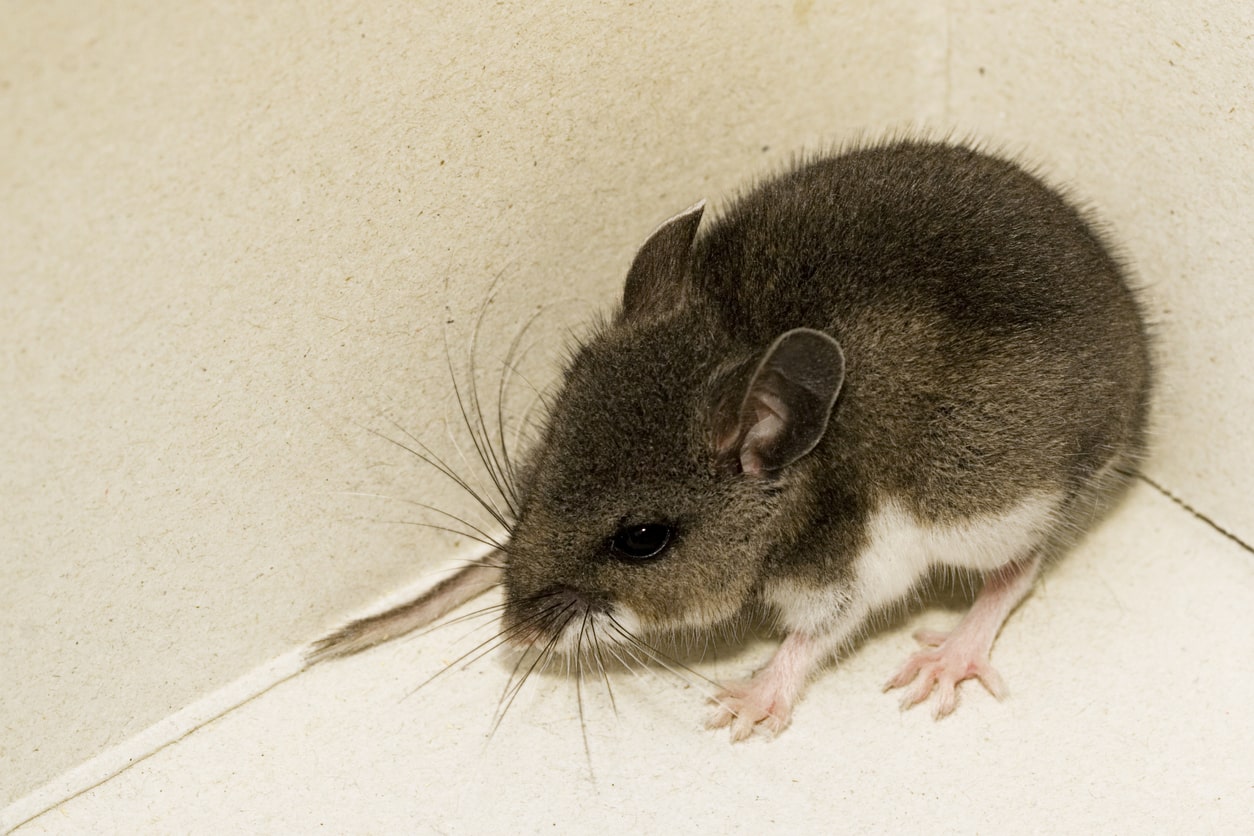
Deer mice are another rodent commonly found in Washington homes. They are not quite as prevalent as house mice as they prefer more rural areas. However, if your home butts up to a field or forest, you may find yourself with a lost deer mouse making a home in your home – especially in the winter months.
Deer mice are usually brown with a bicolored (brown/white) tail. They usually have light feet and underbelly. They are also small (8-10cm) and able to fit into small cracks or openings in your walls or foundation. They make nests of 1 foot or wider using material in your home.
Like all rodents, deer mice are chewers, but they are also the most common carrier of a group of viruses, hantaviruses, that can cause ailments in the kidney, blood, and lungs of humans (which can be fatal). This virus can be silently transmitted through the inhalation of particles tainted with urine, feces, or saliva of infected deer mice. These mice’s nests are disgusting as they poop where they sleep. This means that within a few weeks the nest is uninhabitable and the female makes a new one nearby. If you don’t eradicate this pest, it can become a serious problem.
Prevention: Particularly with deer mice, keep outdoor storage areas, pet food, bird seed, etc sealed and organized so as not to attract them to your yard. Check exterior walls and foundation for cracks and monitor for any rodent activity.
Norway rats
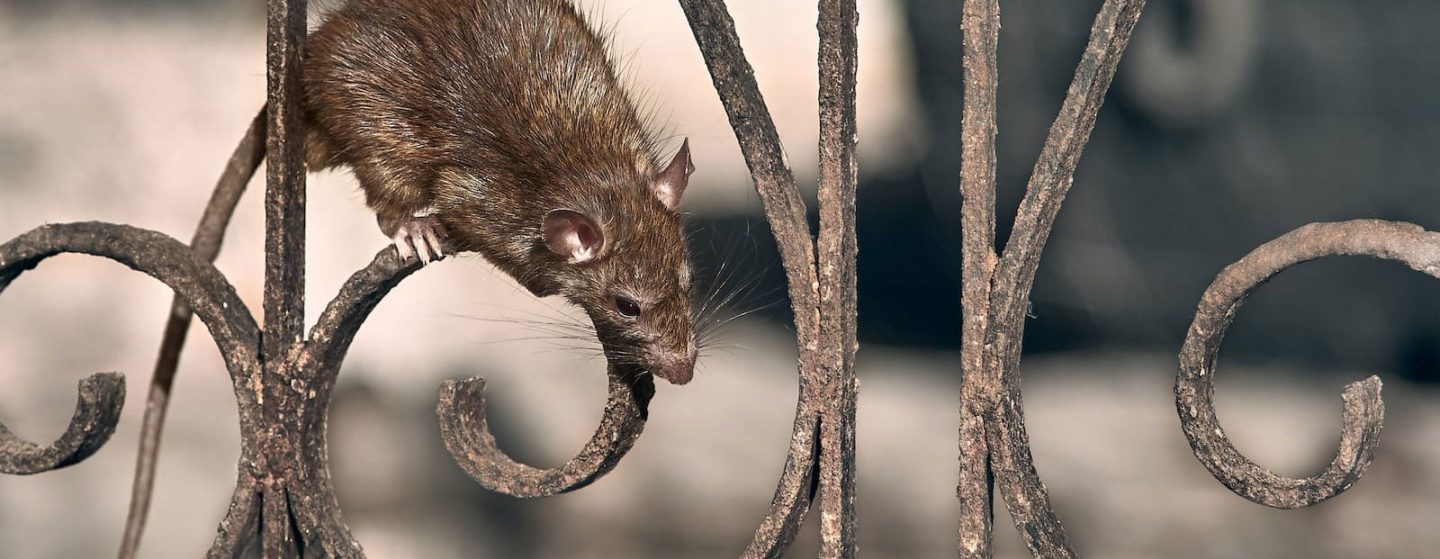
Another rodent you don’t want to find in your home: rats! Norway (brown) rats have become widespread and can be found all over the US. They are primarily nocturnal and will often enter homes to find food. As food sources become more scarce in the fall and winter, they are more likely to seek refuge in your home.
Norway rats are bigger than mice with smaller ears and a long scaly tail. They typically nest in basements, crawlspaces, and other less inhabited areas.
Rats, like Norway rats, can cause extensive damage to dwellings with their constant chewing and gnawing, including on plastic and lead pipes. Even more so than mice, rats spread diseases: plague, jaundice, rat-bite fever, and cowpox virus. This species is also known to transmit fleas and mites inside your home.
Prevention: Secure your home’s exterior boundaries. Norway rats can slip inside openings as small as a quarter. Keep food sealed and storage areas organized. Inspect little-frequented places in your home and look for droppings, gnaw marks, and greasy rub marks (left by their dragging tail).
Roof rats
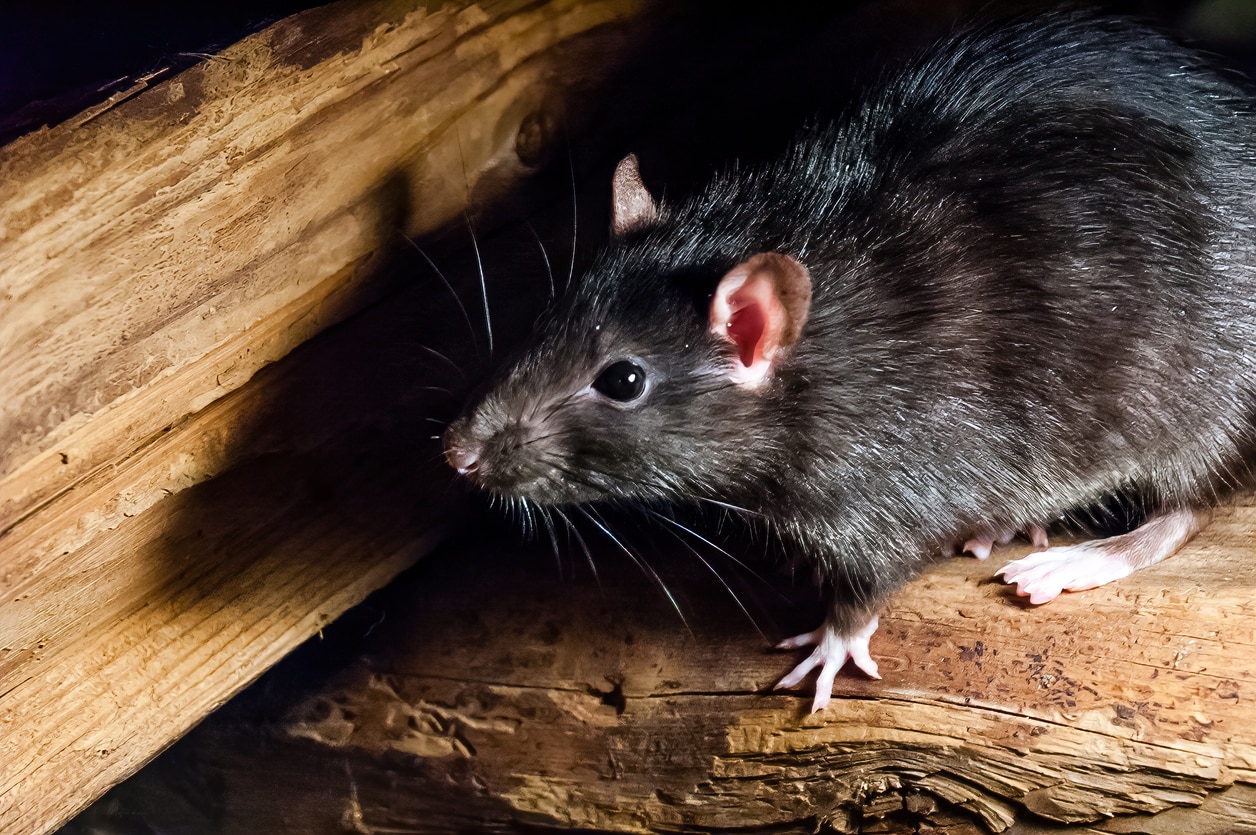
Roof rats are another rodent of concern in Washington state. These non-native rodents are thought to have come from Southeast Asia but are now found throughout the US coastal and southern states.
Roof rats (also called black or ship rats) are known by their dark or black coloring and their excellent swimming ability. They are also known to nest in upper areas of structures or trees. (If you see a rat on a powerline, it is likely a roof rat.)
In addition to their damaging chewing, roof rats transmit diseases like typhus, jaundice, and trichinosis. Historically, they have also been associated with the bubonic plague, and while that isn’t quite as much a concern today, you certainly don’t need to welcome them into your home.
Prevention: Resist attracting roof rats to your property by cleaning up fruit trees promptly. Don’t let rotting fruit bring unwelcome callers. In addition to checking and securing your foundation, inspect your eaves and roof line as well. These rats will find access high or low.
If you do find yourself dealing with a rodent infestation, don’t go it alone. Contact the experts at Cascade Pest control. Our experts will identify the problem and work with you to create a solution. Call 888-989-8979 today.
